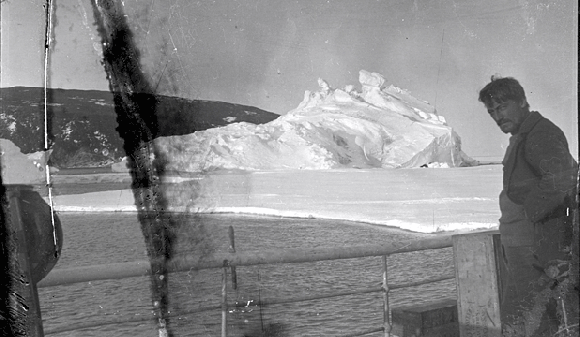
08 Jun On Ice: 100 Year-old Negatives Discovered in Antarctic
In this fascinating article, Steve Meltzer, a writer and photographer for Imaging Resource, discusses the discovery of 100 year-old negatives in the Antarctic.
Conservators restoring an Antarctic exploration hut recently made a remarkable discovery: a small box of 22 exposed but unprocessed photographic negatives, frozen in a solid block of ice for nearly one hundred years.
These negatives were meticulously processed and restored by a Wellington photography conservator. Antarctic Heritage Trust executive director Nigel Watson said of these never-before-seen images:
“It’s the first example that I’m aware of, of undeveloped negatives from a century ago from the Antarctic heroic era. There’s a paucity of images from that expedition.”
The team from the Antarctic Heritage Trust (NZ) discovered the box in a corner of one of the many supply depots Robert Falcon Scott established for his doomed Terre Nova Expedition to the South Pole (1910-1913). Though Scott reached the Pole, he and his party died of starvation and the extreme cold on their return trip.
The hut was used next by the Ross Sea Party of Sir Ernest Shackleton’s 1914-1917 Imperial Trans-Antarctic Expedition. It is believed that this party left the undeveloped negatives.
The Ross Sea Party’s expedition is one of those extraordinary efforts in an era of heroic exploration that today has been all but forgotten. In January 1915, the exploration ship Aurora dropped off Shackleton’s head scientist, the team’s photographer and eight other men on the shore of the McMurdo Sound in the Ross Sea with provisions and equipment to set supply depots for the rest of the team.



Sorry, the comment form is closed at this time.